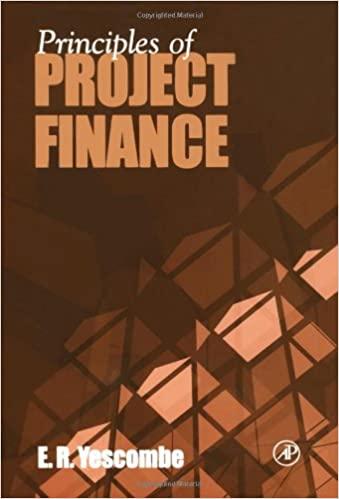Answered step by step
Verified Expert Solution
Question
1 Approved Answer
1st blank options = (1.33,2.83,1.83,2.53) 2nd blank options = (0.75, 0.93, 1.13, 0.90) 3rd blank options = (1.66, 3.16, 2.16, 2.86) 4th blank options =
1st blank options = (1.33,2.83,1.83,2.53)
2nd blank options = (0.75, 0.93, 1.13, 0.90)
3rd blank options = (1.66, 3.16, 2.16, 2.86)
4th blank options = (0.75, 0.93, 1.12, 1.40) 

Step by Step Solution
There are 3 Steps involved in it
Step: 1

Get Instant Access to Expert-Tailored Solutions
See step-by-step solutions with expert insights and AI powered tools for academic success
Step: 2

Step: 3

Ace Your Homework with AI
Get the answers you need in no time with our AI-driven, step-by-step assistance
Get Started


